The 50 Best Sexy Romantic Movies With Steamy Love Scenes
These films are equal parts sensual and swoon-worthy.
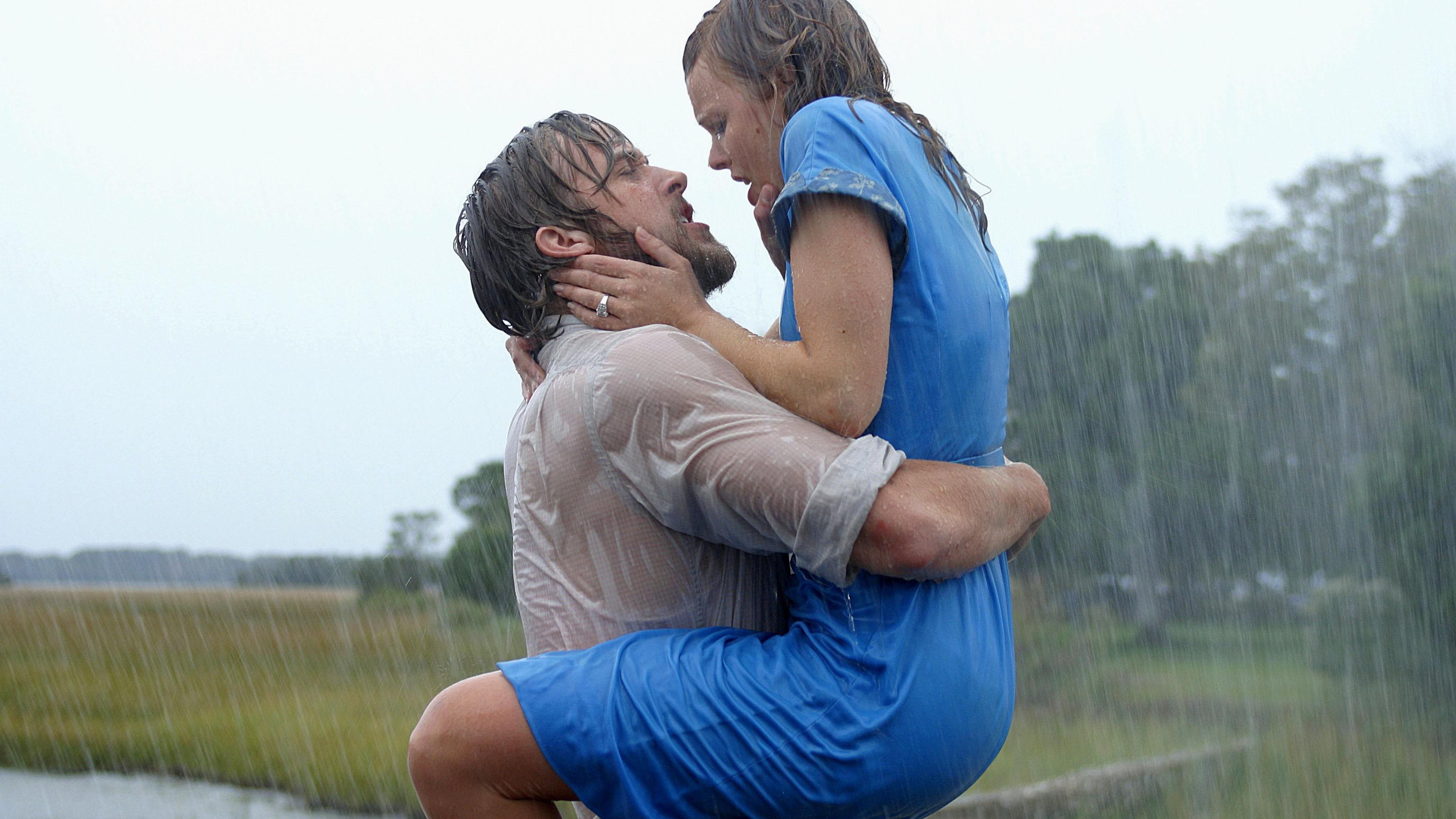
Andrea Park
A film doesn’t technically need any sex scenes at all to qualify as one of the sexiest movies of all time. Some of the most beloved, deeply romantic movies—Pride and Prejudice, Casablanca, and so many more—don’t have any nudity. That said, a well-shot sex scene can often send a movie over the edge (pun very much intended). Yes, sometimes sex scenes are pure, carnal expressions of lust, but some of the hottest sex scenes in movies are tender, sensual, and, yes, incredibly romantic. If you're in the mood for a romance film that showcases the art of making love in the all-caps, L-O-V-E sense of the word, you've come to the right place.
We've dug deep into the annals of pop culture for examples of movies that truly illustrate the difference between "having sex" and "making love"——some considered all-time great films. You know, the kinds of dramas and rom-coms that will make your heart flutter and your stomach fill with those first-love butterflies. From obvious Old Hollywood love stories like From Here to Eternity to modern classics like Titanic and The Notebook, with a few under-the-radar (but still eternally worthy) indie picks thrown into the mix for good measure, read on for a definitive guide to 50 of the sexiest romantic movies ever made.
'9½ Weeks' (1986)
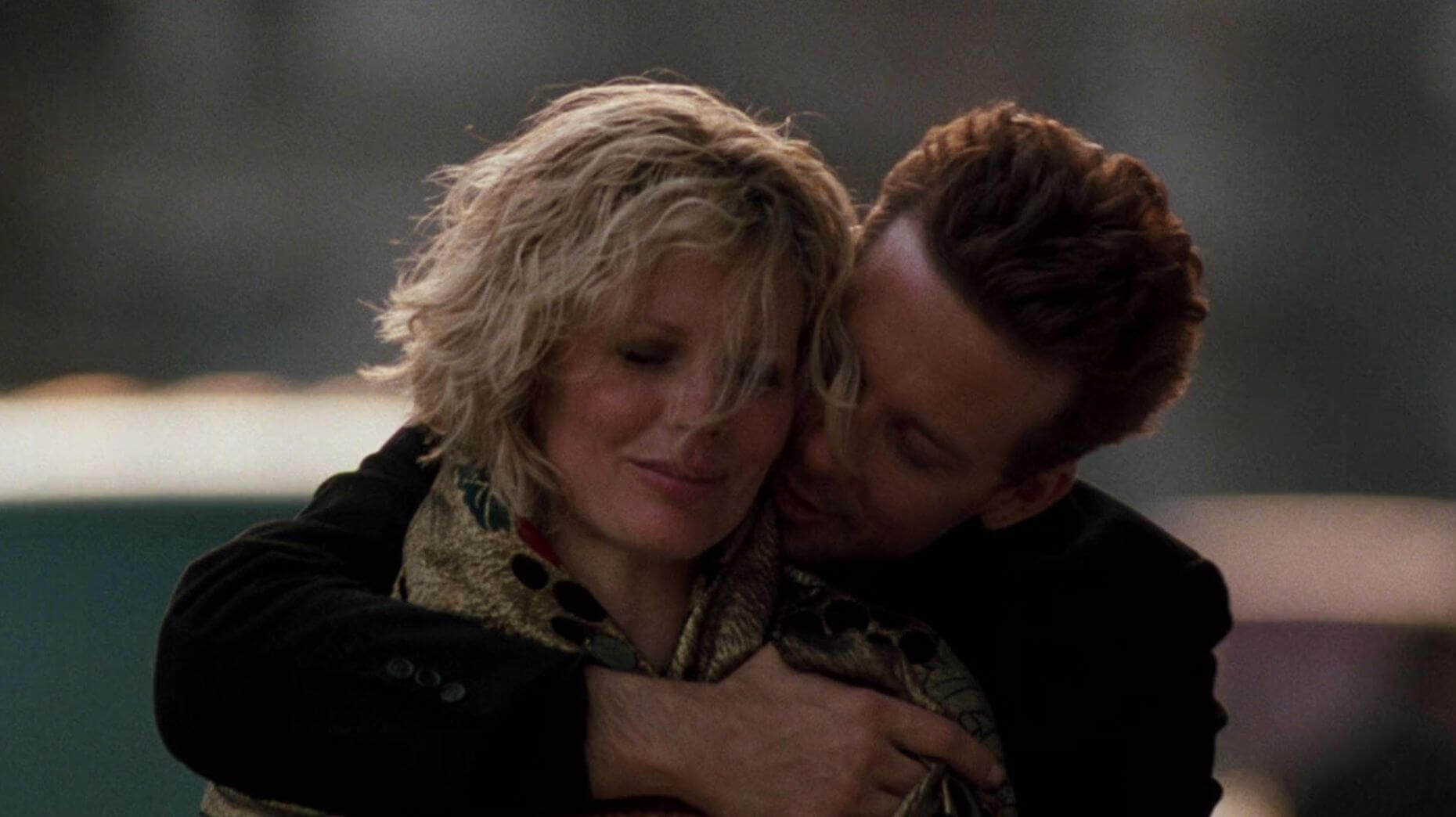
Though it was considered too sexy for American audiences when it was released in 1986 and heavily edited before hitting theaters, this film starring Mickey Rourke and Kim Basinger follows a finance bro and an art gallerist whose love affair starts out pretty straight-laced before delving into their kinks in the bedroom. It flopped when it first came out but has become a cult classic in the years since.
'Atonement' (2007)
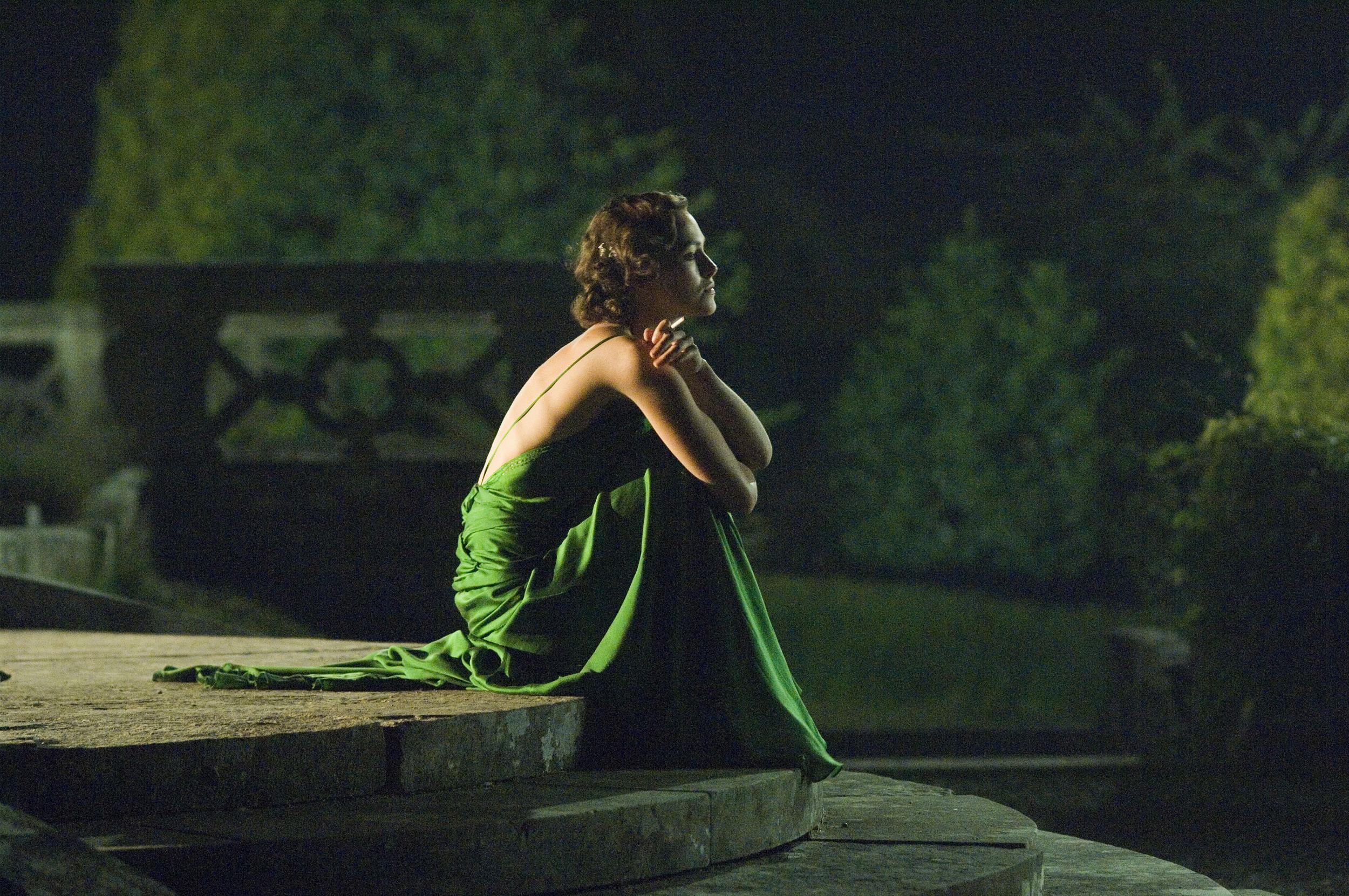
Is there anything hotter than forbidden love? If you think there is, you clearly haven't watched the library love scene between Keira Knightley and James McAvoy in Atonement recently. (Just emotionally prepare yourself for the tragedy that's to follow in this World War II-set drama.)
'Before Sunrise' (1995)

Everything about Before Sunrise is romantic in that early-20something way, but the love scene in the park epitomizes the romance (and romanticization) of the characters' brief encounter with one another.
Get exclusive access to fashion and beauty trends, hot-off-the-press celebrity news, and more.
'Below Her Mouth' (2016)

Set over three days, this sexy lesbian movie follows two women, Jasmine (Natalia Krill) and Dallas (Erika Linder), as they fall in love. The love scenes are passionate and steamy AF.
'Blue Is the Warmest Colour' (2013)
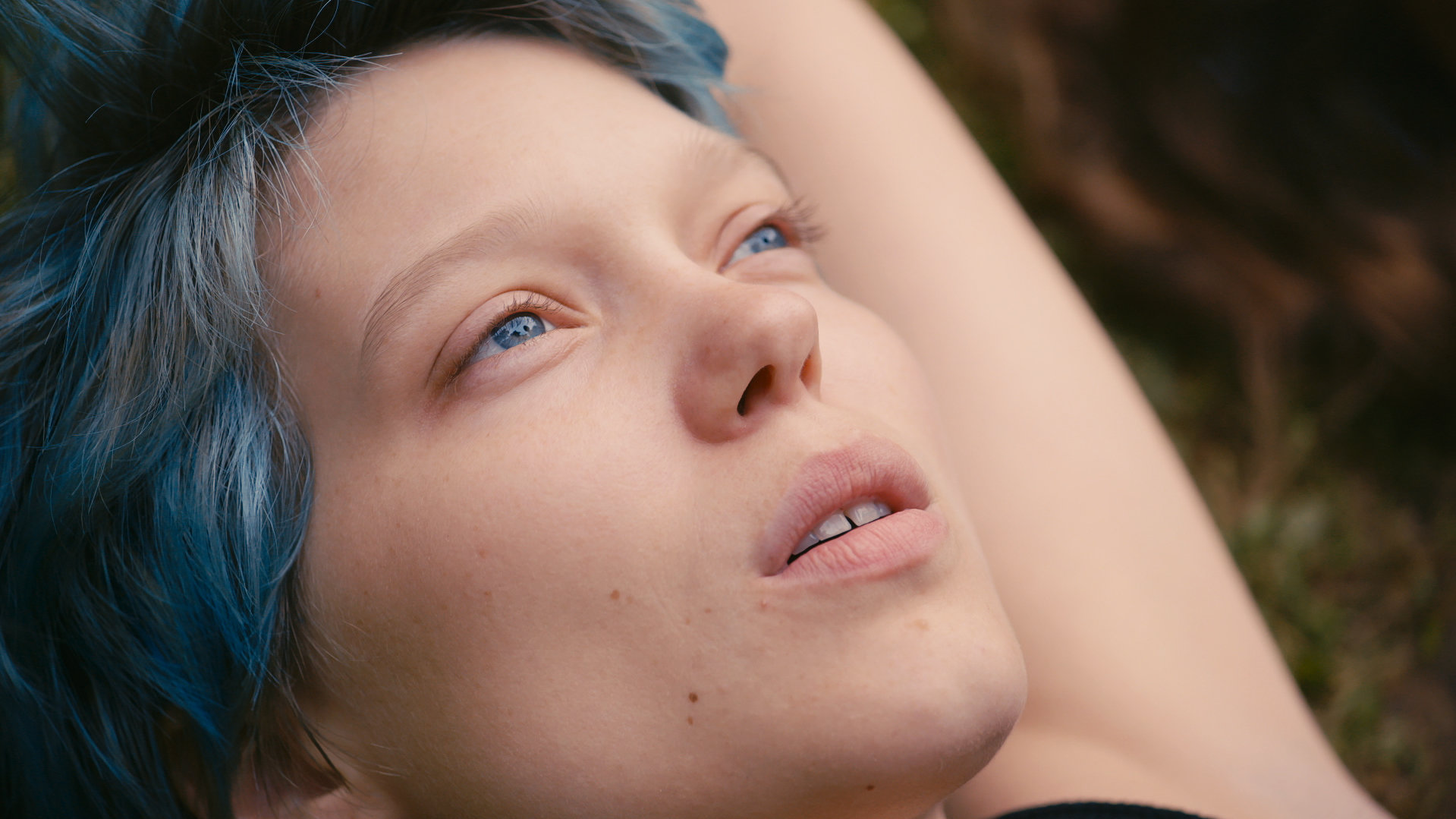
The love scenes between Adèle (Adèle Exarchopoulos) and Emma (Léa Seydoux) in Blue Is the Warmest Colour exude love and romance. Ultimately, this is a coming-of-age LGBTQ+ film about first love and finding oneself—guaranteed to move you. (A word of caution, though: The production was embroiled in controversy, with the two stars noting how taxing it was filming and working with director Abdellatif Kechiche, despite being proud of the project.)
'Blue Valentine' (2010)
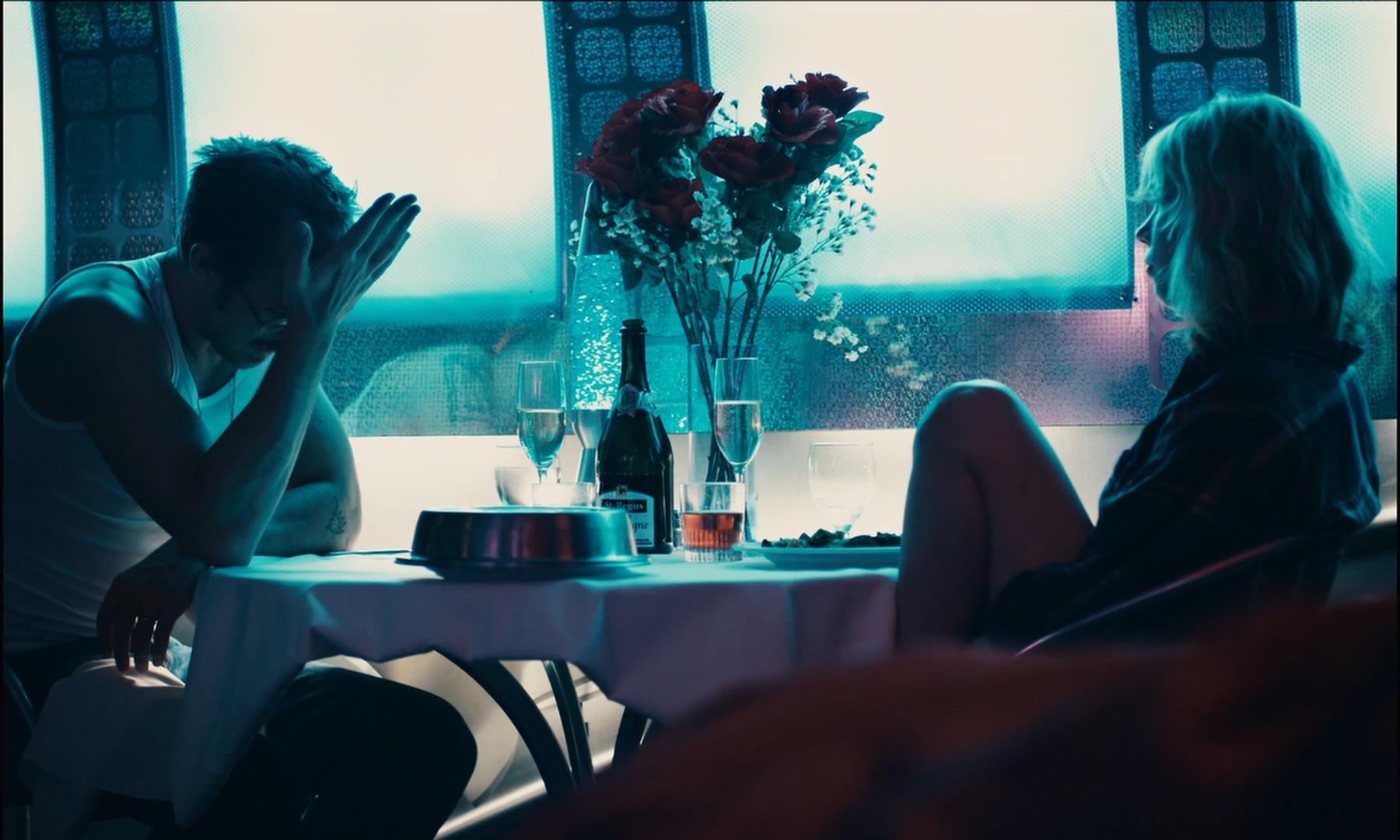
Blue Valentine is not a movie for the faint of heart. The tearjerker's plot goes to some pretty dark places, but the scenes of Dean (Ryan Gosling) and Cindy's (Michelle Williams) early, happy days are pure romance (and lust).
'Boys Don't Cry' (1999)
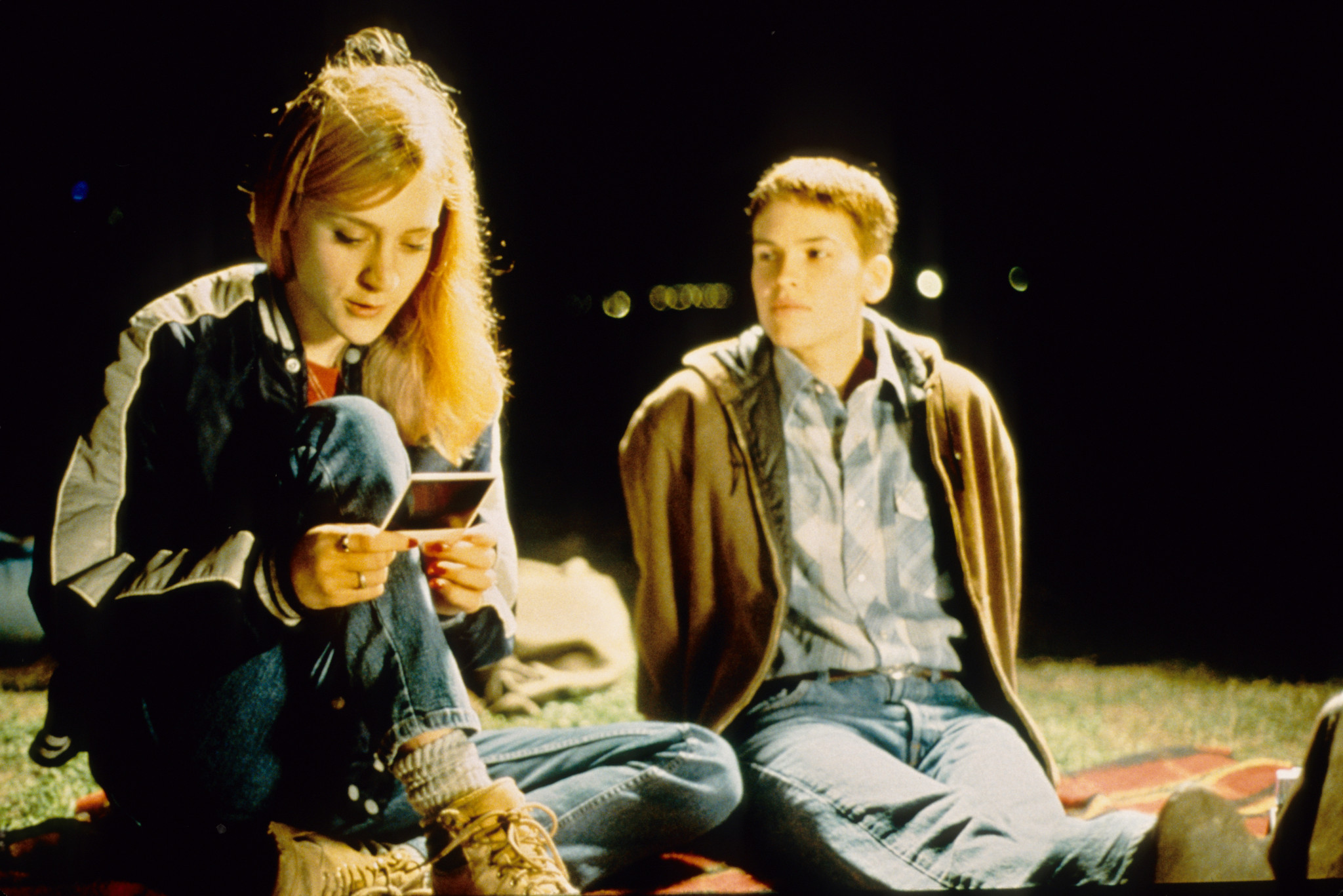
In 1999's Boys Don't Cry, Hilary Swank plays a young trans man (true representation was still a rarity when the film was made) who enjoys a tender night with the girl of his dreams (played by Chloë Sevigny). The movie includes some very steamy, very romantic oral expressions of affection by a lake.
'Brokeback Mountain' (2005)

The tender tent scene in Brokeback Mountain will go down in history as one of the most romantic movie love scenes of all time. Bonus points for showing that true love knows no barriers when it comes to identity or sexuality.
'Bros' (2022)

Bros made history in 2022 as the first gay rom-com to be released by a major studio, and, along with offering a true-to-life portrayal of a queer love story, the sex scenes scattered throughout the film also provided a very realistic depiction of the awkwardness, hilarity, and sensuality that come with learning the sexual quirks and kinks of a new partner over time. As writer and star Billy Eichner said in an interview with Out at the time, “I love the idea of making the sex scenes both funny and absurd, but also very sweet and romantic. Because sex can be all of those things.”
'Challengers' (2024)
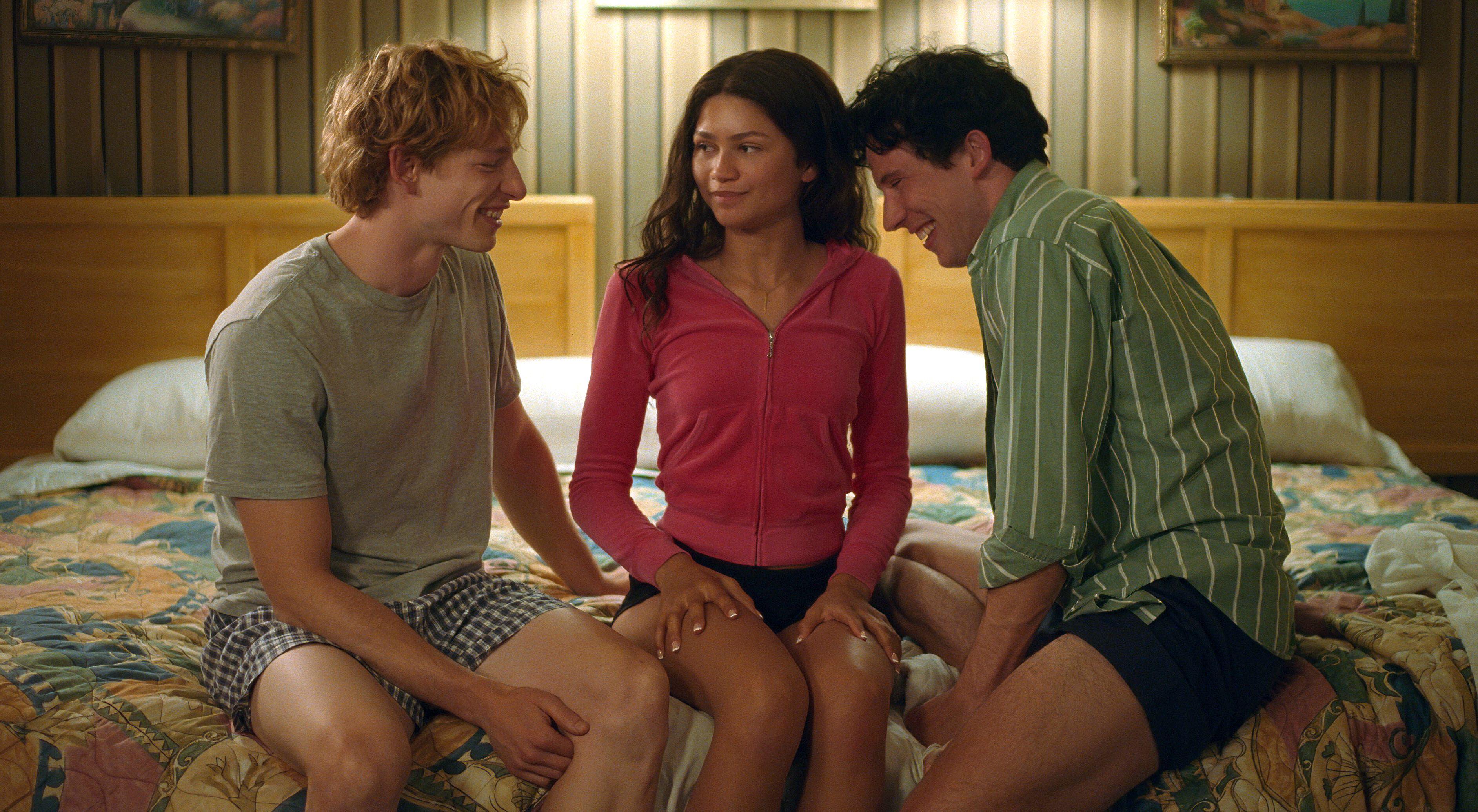
Challengers may be a sports drama, but tennis is more an allegory for the back-and-forth power dynamics in its central love triangle. It has many very sexy scenes, from Zendaya's character Tashi’s often-illicit hookups over the years with Patrick (Josh O’Connor) to, of course, that almost-threesome between Tashi, Patrick, and Art (Mike Faist). Talk about a power throuple!
'Coming Home' (1978)

Sex scenes featuring characters living with disabilities are, well, rare to say the least. That's just part of what makes the love scene between Jane Fonda and Jon Voight in Coming Home so special. The other part? Jon's character brings Jane's character to climax via cunnilingus—making this a rare display of female pleasure in film for the 1970s.
'Cruel Intentions' (1999)
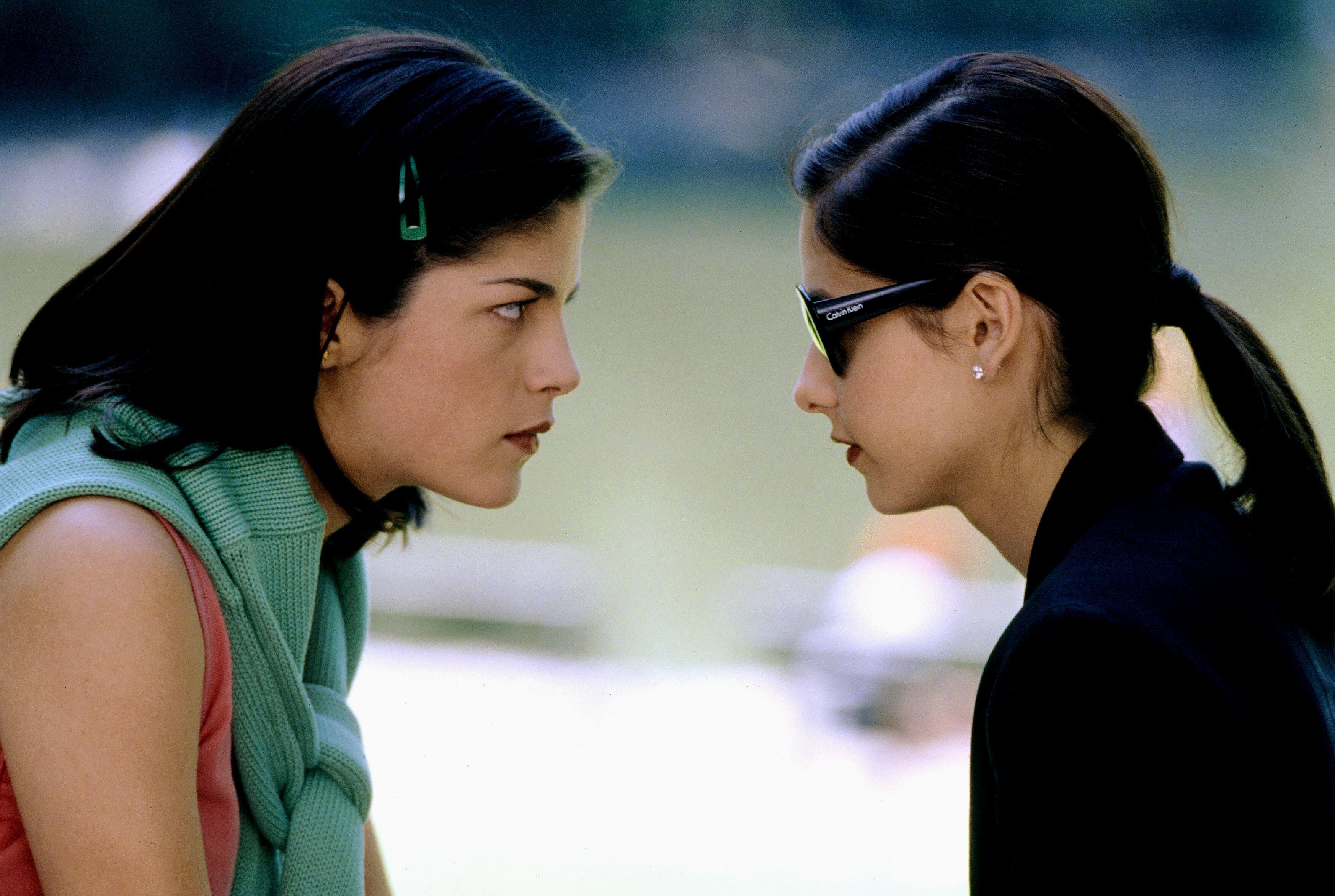
Who knew that a love scene between a girl (Reese Witherspoon) and the guy (Ryan Phillippe) who bet that he could take her virginity could turn out to be so romantic? The key, of course, is that Sebastian fell for Annette (and the real-life love between Phillippe and Witherspoon at the time didn't hurt either).
'Damage' (1992)
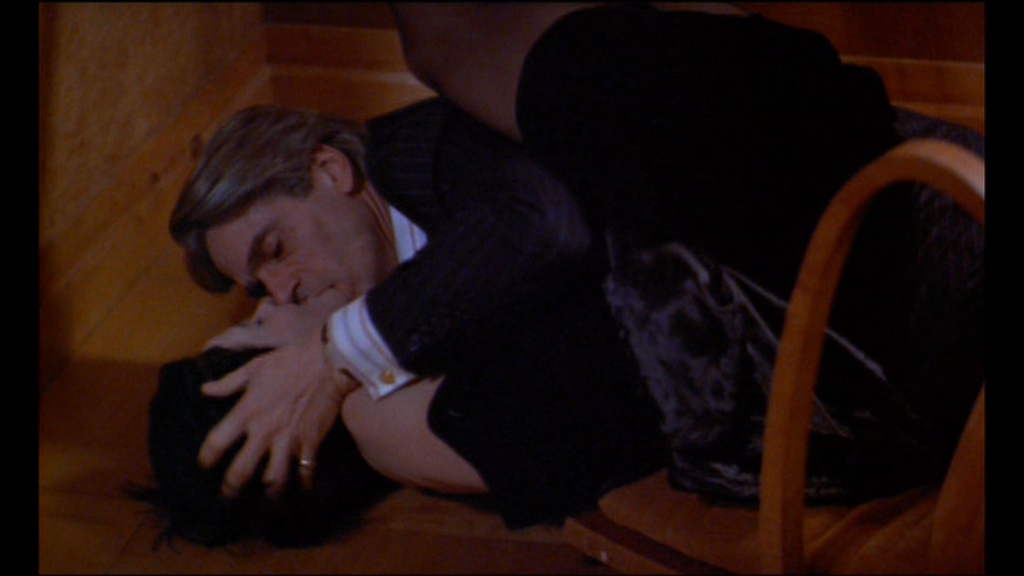
A member of the English Parliament played by Jeremy Irons (as a sexy silver fox, BTW) starts an affair with his son’s gorgeous French fiancée (Juliette Binoche). Because as we all know, forbidden sex is the hottest sex.
'Dirty Dancing' (1987)

Baby (Jennifer Grey) and Johnny's (Patrick Swayze) love story is one of the great movie romances in history, and their love scene is as sensual as we could have hoped. That's not to mention how hot and heavy they get on the dance floor, too.
'Disobedience' (2017)

Rachel Weisz and Rachel McAdams star in this powerful story about a woman, Ronit (Weisz), who returns to her estranged Orthodox Jewish community after the death of her father, the community’s rabbi, and slowly rekindles an old romance with McAdams’ Esti, who’s now married to a rabbi herself. It’s a slow burn, but their climactic (literally!) sex scene is a moving depiction of the bond between the two women, and of female pleasure, too.
'Do the Right Thing' (1989)
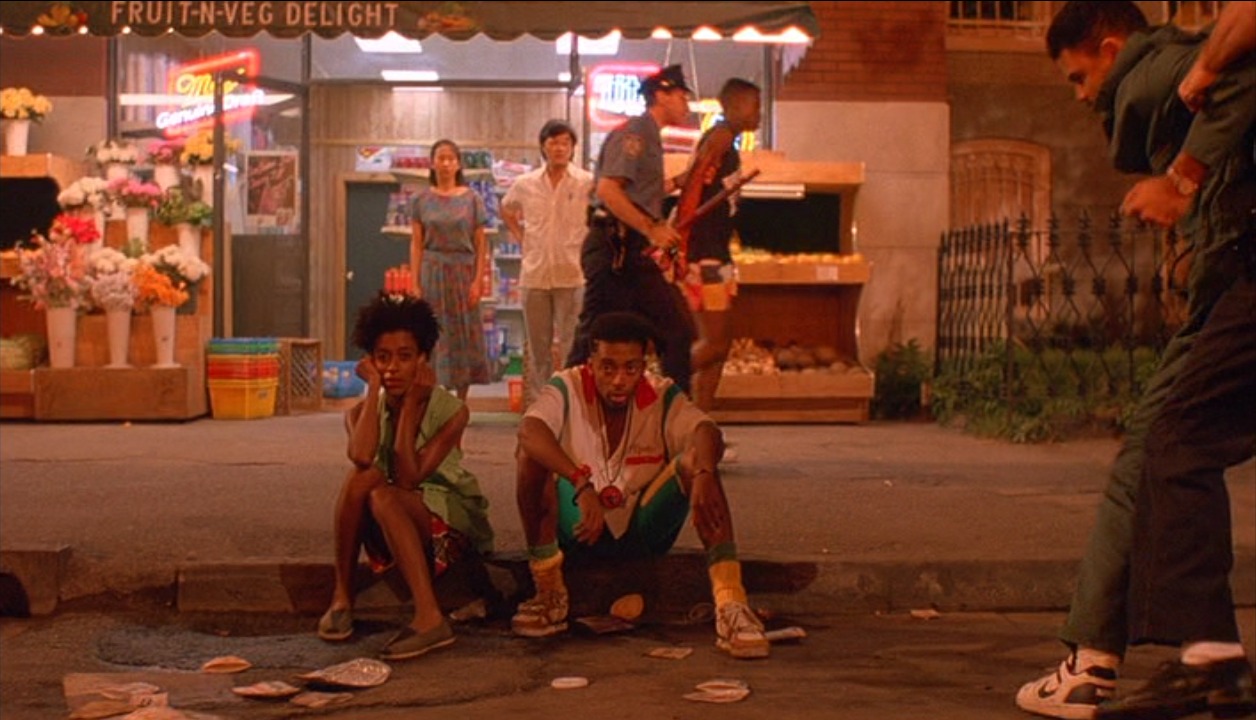
Spike Lee's Do the Right Thing is one of the most important films about race of all time—and it's setting in N.Y.C. on one of the hottest days of the summer also makes it smoldering. Two words: Ice. Cubes.
'The English Patient' (1996)

In this epic romance, a badly burned cartographer (Ralph Fiennes) is hospitalized in 1944, telling his nurse (Juliette Binoche) the story of his love affair with the married Katharine Clifton (Kristin Scott Thomas) before World War II broke out. He doesn’t spare many details: The movie is full of passionate love scenes between Fiennes and Thomas that make you swoon—just like Katharine did when she needed an excuse to leave a Christmas party and meet up with her secret lover.
'Eyes Wide Shut' (1999)

Tom Cruise and Nicole Kidman were a real-life couple when they starred in this iconic erotic drama. The Stanley Kubrick classic is centered around a surrealist sex party, but the chemistry is palpable between the leads.
'A Family Affair' (2024)
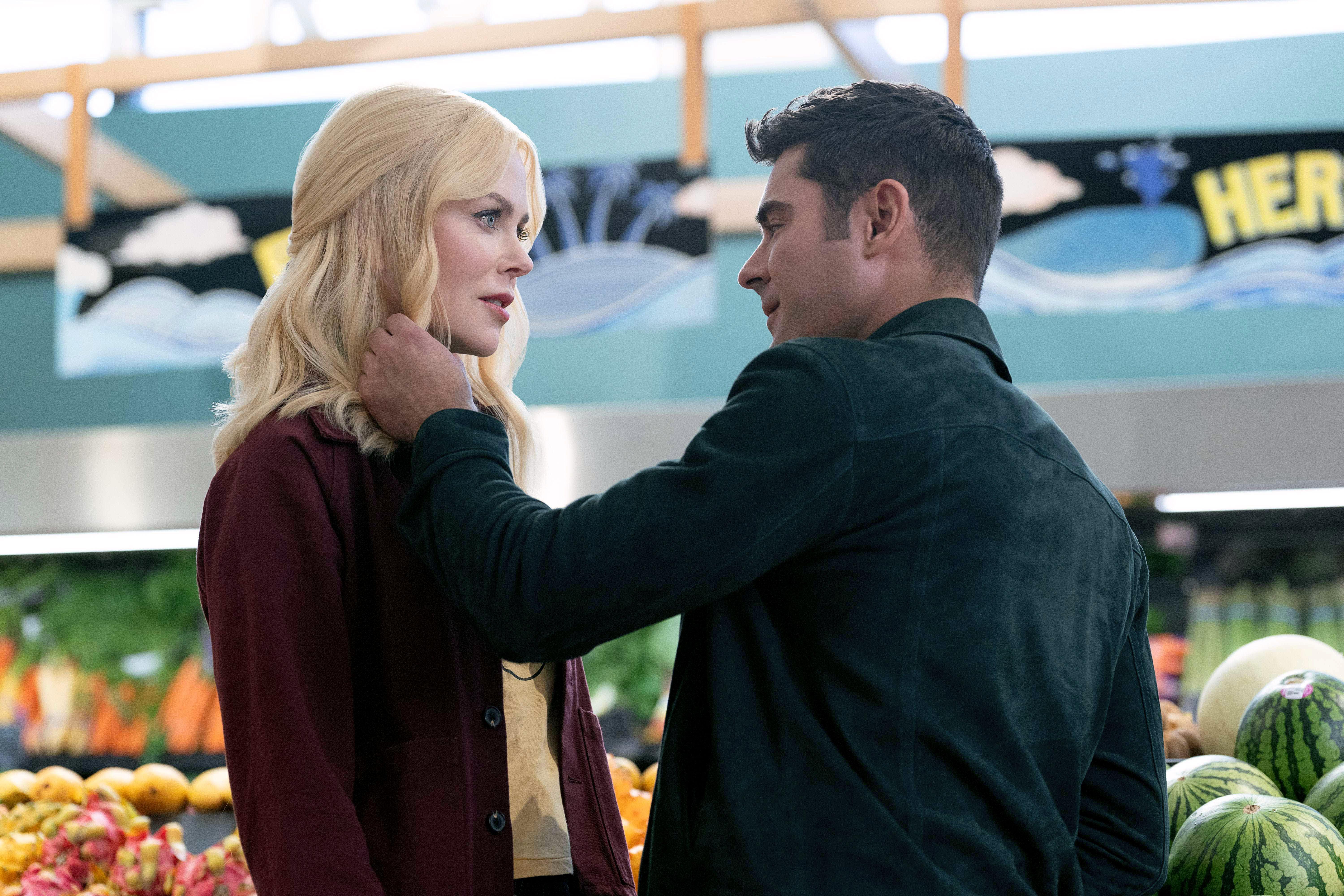
Though this Netflix rom-com is much heavier on the “com” part of the genre, there’s still quite a bit of romance to be found in the budding love story between Nicole Kidman’s Brooke and Zac Efron’s Chris, the famous movie star that Brooke’s daughter Zara (Joey King) works for. The film’s spiciest sex scene is a perfect example of that balance: Just as things are heating up between the pair upon their first meeting, Zara walks into her mother’s bedroom to find them in a very compromising position—after which she promptly walks face-first into a wall and brings that situation to a very swift end.
'The Fault in Our Stars' (2014)

Precisely engineered to tug every last heartstring, The Fault in Our Stars is the heartbreaking story of two teenage cancer patients (played by Shailene Woodley and Ansel Elgort) who fall in love. A major chunk of the movie sees the duo travel to Amsterdam on a Make-a-Wish-style trip, knowing it could be one or both of the teens’ last trips ever. So, while there, they decide to check another item off the bucket list. Their first time is awkward, honest, giggly, and sweet, which adds to the whole “doomed romance” thing.
'Fifty Shades Freed' (2018)

The final installment in the Fifty Shades trilogy saw Ana (Dakota Johnson) become Mrs. Grey and take more agency in her sexual relationship with Christian (Jamie Dornan). The romance is in the fact that both parties are fully into what's going on in the bed and satisfied with the partnership.
'Friends with Benefits' (2011)

This 2011 rom-com explores whether adding casual sex to a platonic friendship can be sustainable (spoiler alert: no, it can not). So, it’s filled with plenty of sexy scenes: both of the fun, jokey variety, as Jamie and Dylan (Mila Kunis and Justin Timberlake) first start hooking up and getting to know each other in the process, and of the more tender, romantic variety, as they inevitably start to catch feelings.
'From Here to Eternity' (1953)
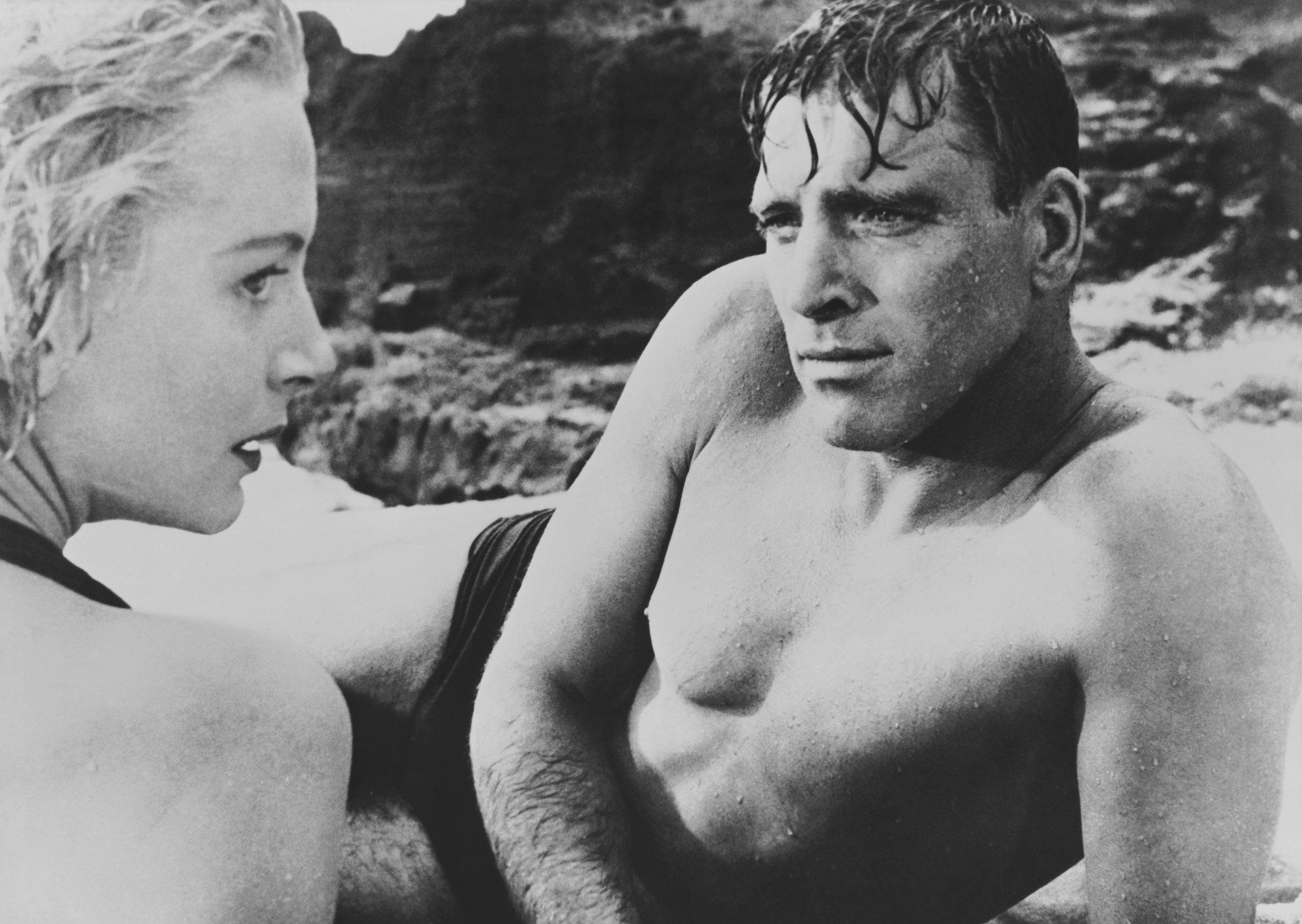
By modern standards, the love scene in From Here to Eternity is tamer than tame. By 1953 standards, though, the beachside passion of Deborah Kerr and Burt Lancaster is hot, hot, hot (and romantic, to boot).
'Gangster Squad' (2013)
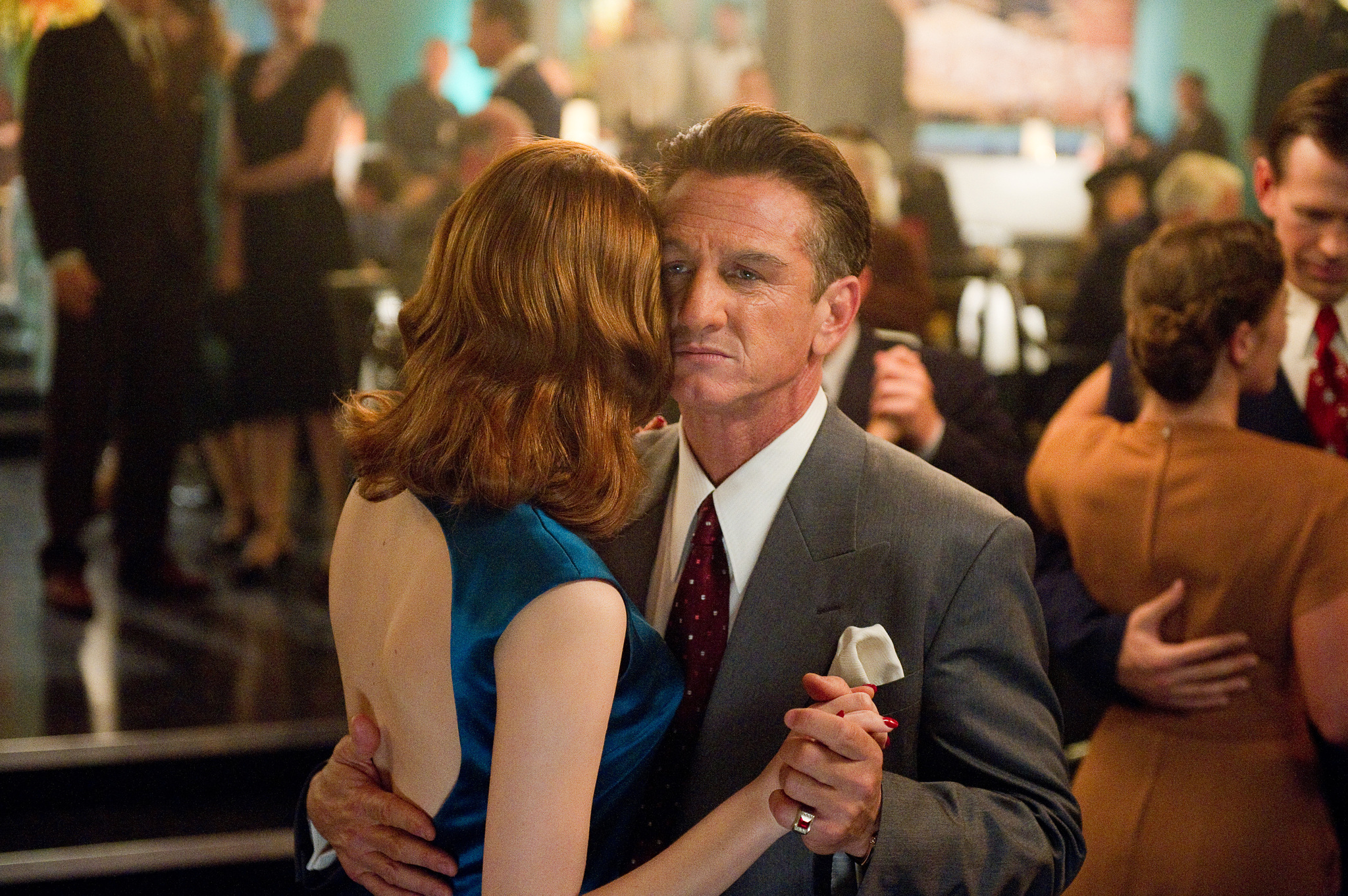
Ryan Gosling and Emma Stone have sizzling onscreen chemistry (a fact they've proven multiple times now), but their sly flirtation (and steamy post-coital makeout) in Gangster Squad was, well, the highlight of this 1940s period piece.
'Ghost' (1990)

The famous pottery-making scene between Demi Moore and Patrick Swayze is probably also less sexy and romantic (and messier) in real life, but, man, does it look dreamy on screen.
'The Idea of You' (2024)

Sure, The Idea of You has its cheesy, fanfic-worthy moments—it is about a 40-something single mother falling in love with the much younger member of a boy band that her daughter grew up swooning over. But Solène and Hayes’ (Anne Hathaway and Nicholas Galitzine) love story will still have you swooning, as will their sex scenes that, per the film’s makers, were specifically crafted to prioritize female pleasure.
'Jason's Lyric' (1994)
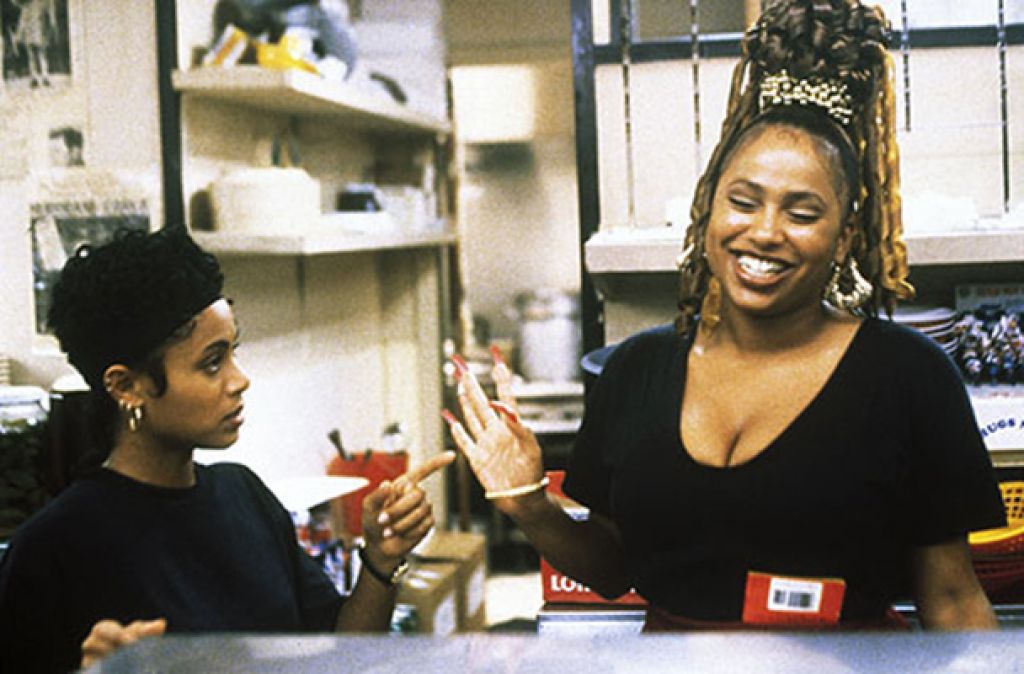
Jada Pinkett Smith and Allen Payne star in this 1994 romantic drama about a young couple struggling to balance love and maturity. Their love scene in the woods is slow, passionate, and hot.
'Jerry Maguire' (1996)

This '90s movie had us at hello... and also at this oh-so-sensual sequence. Seriously, you'll be blown away by how much this movie about a sports manager (Tom Cruise) starting his own firm will warm your heart.
'Legends of the Fall' (1994)

The epic western Legends of the Fall will make you feel many feelings, but the sexy love scene between Tristan (Brad Pitt) and Susannah (Julia Ormond) is one of the movie's most romantic (and steamiest) moments.
'Love & Basketball' (2000)
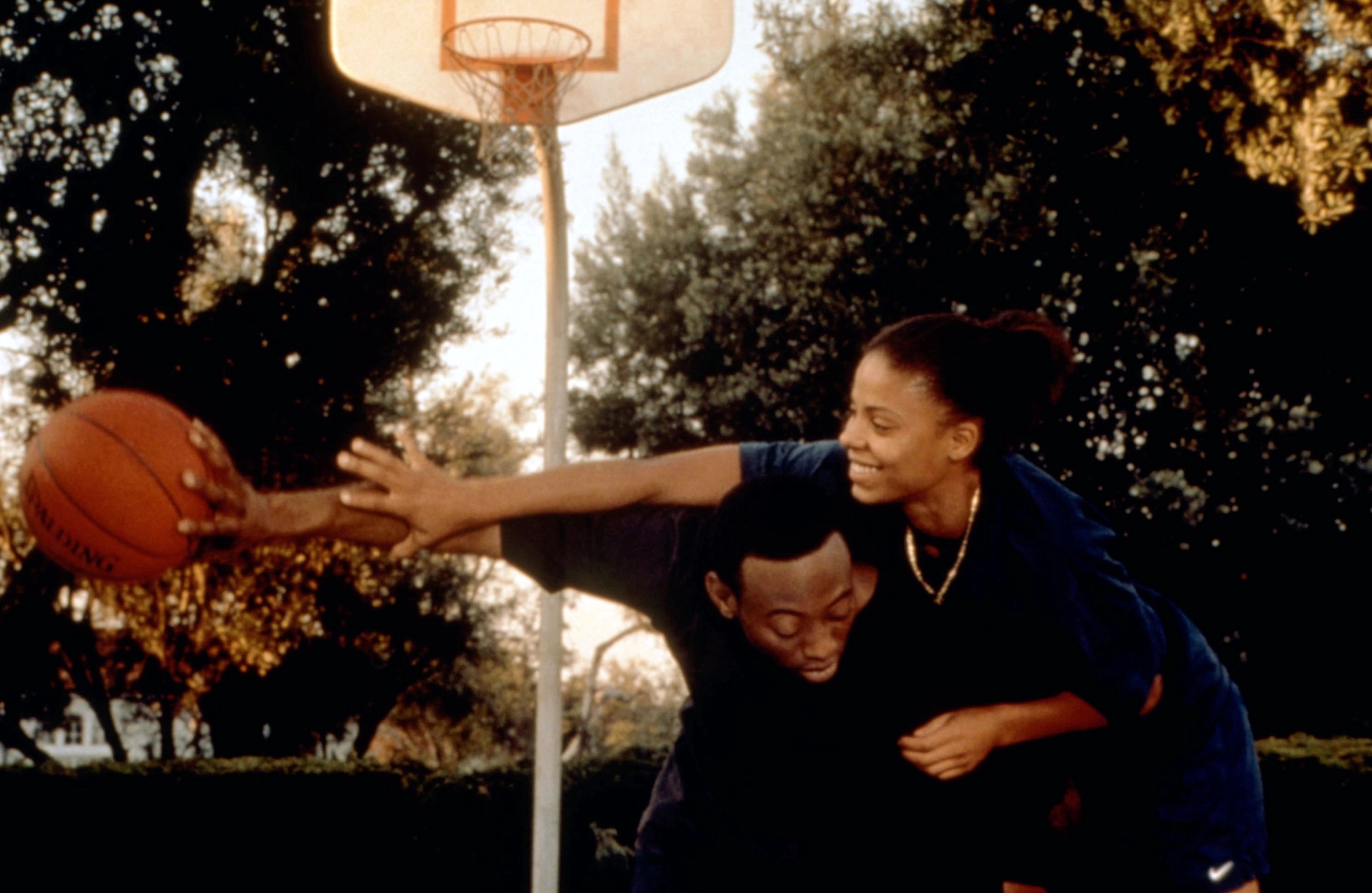
Love & Basketball tells a decades-spanning love story and the scene when the movie's leads, Monica (Sanaa Lathan) and Quincy (Omar Epps), make love for the first time is romantic, real, and iconic.
'Love & Other Drugs' (2010)

In Love & Other Drugs, Anne Hathaway and Jake Gyllenhaal deliver perfect performances as a couple whose no-strings-attached situationship evolves into something much deeper.
'Love Jones' (1997)

Love Jones explores the age-old question: When you hook up on the first date and want to keep things casual but end up falling in love, what do you do?
'The Lucky One' (2012)

Shower sex is impractical and outdoor shower sex is even more so, but it's swoon-worthy in this Zac Efron romance adapted from a Nicholas Sparks novel.
'Moonlight' (2016)
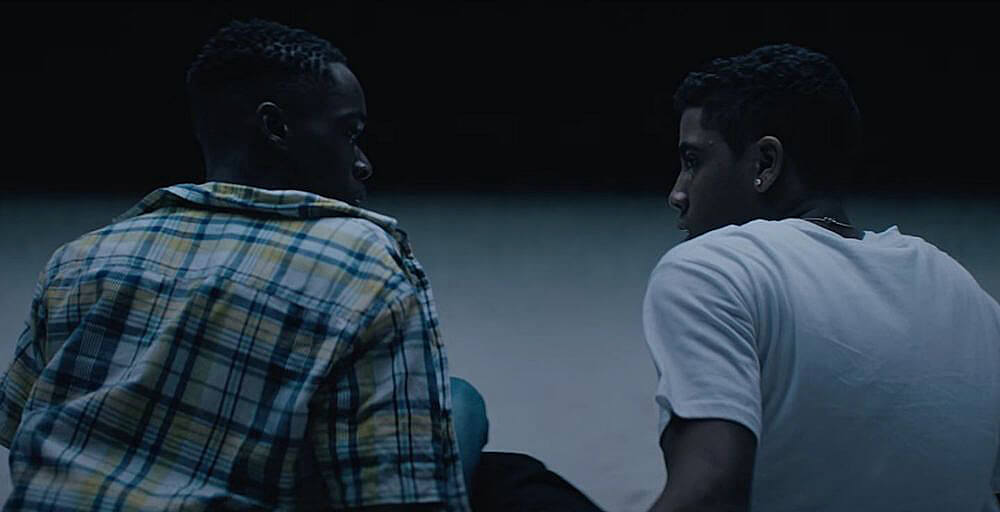
Romantic love scenes don't have to be about sex. They don't even have to involve nudity. The scene in which Chiron (Ashton Sanders) sits on the beach with his male classmate (Jharrel Jerome), who touches him for the first time, proves all of the above.
'Mr. and Mrs. Smith' (2005)
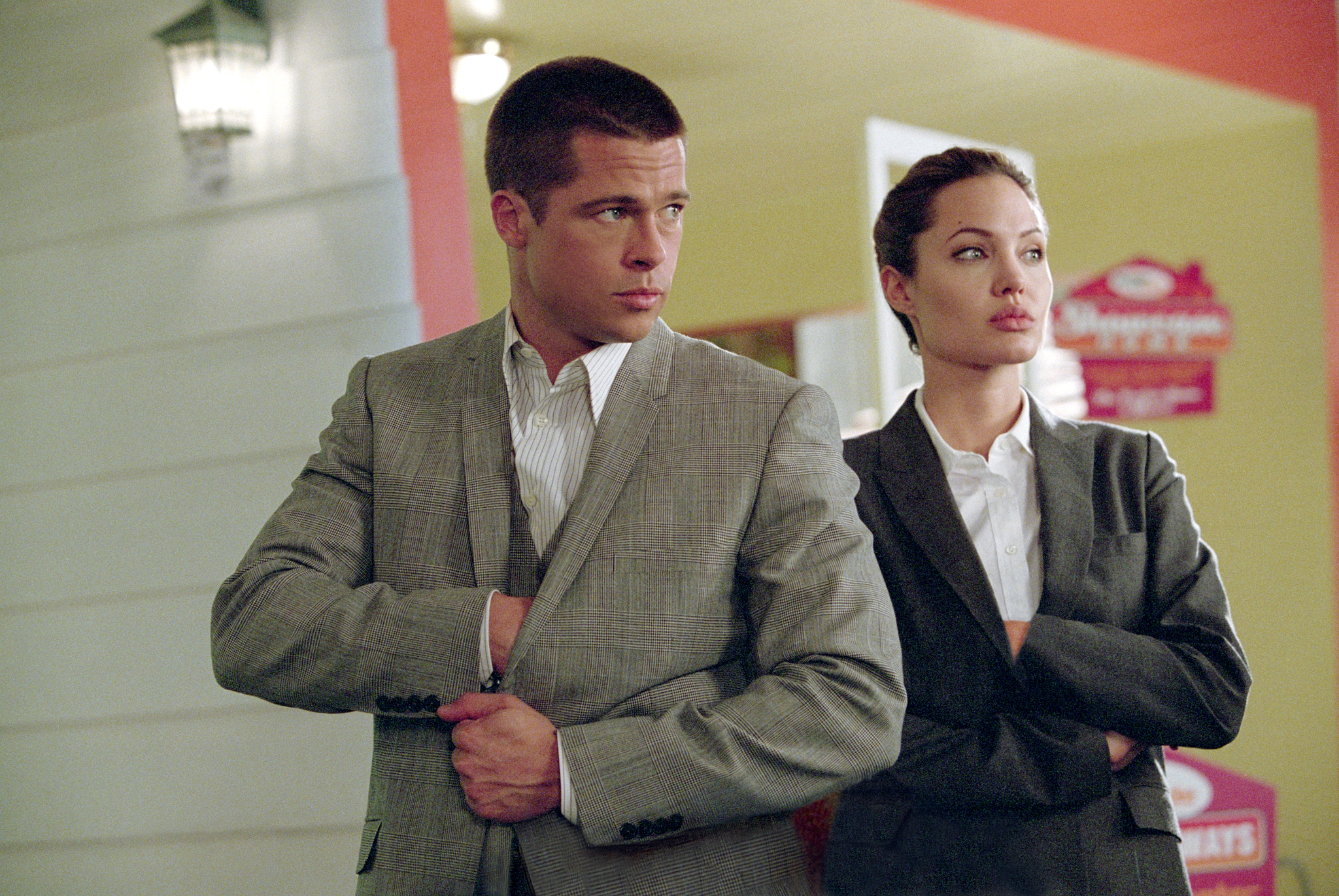
Sometimes there's a fine line between love and hate—and no movie has ever captured that fact better than Mr. and Mrs. Smith, particularly in the scene in which married rival spies Brad Pitt and Angelina Jolie destroy their damn house fighting and making love.
'The Notebook' (2004)
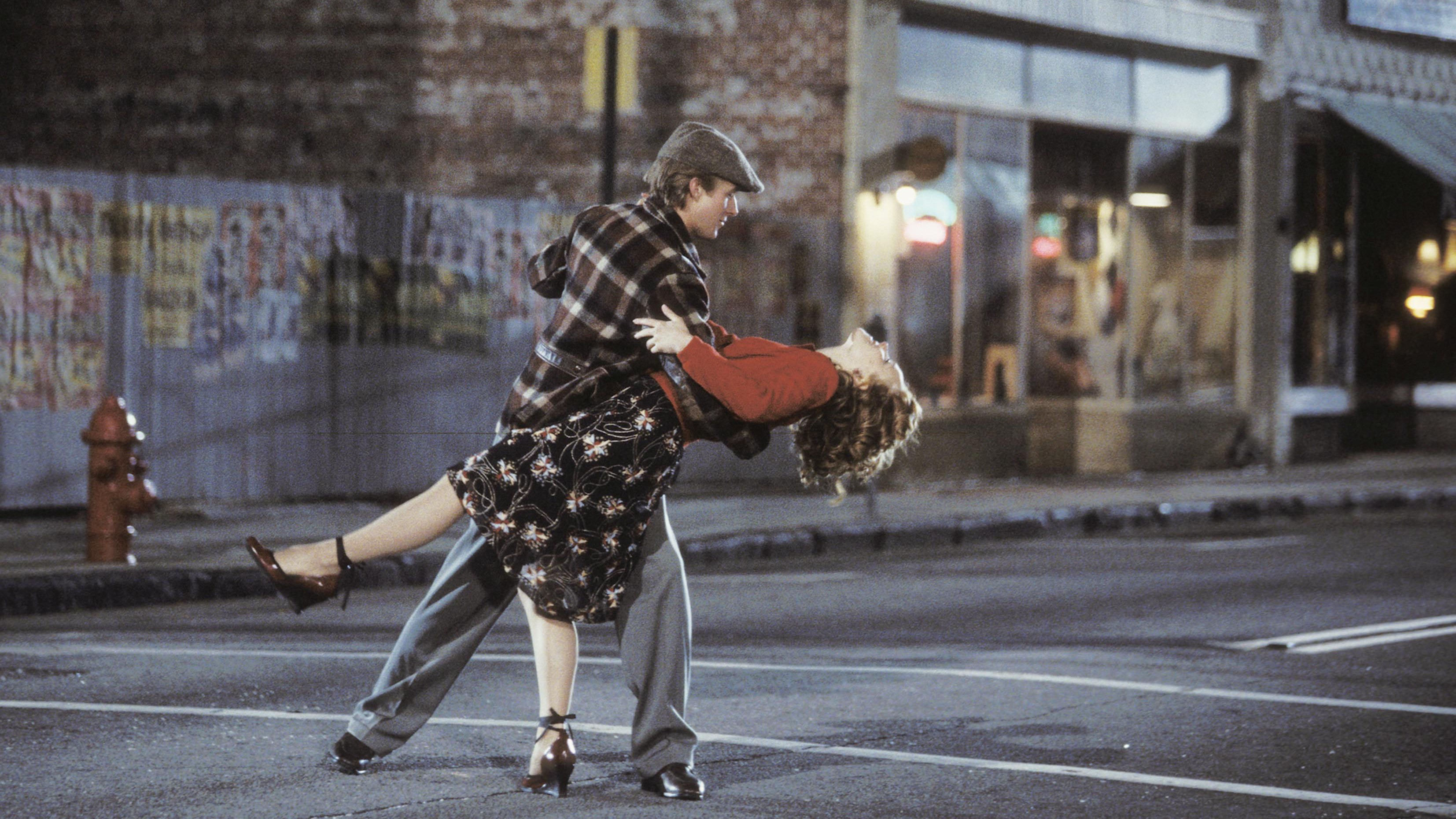
As adults, most of us know that things that look like fantastic, romantic ideas on the big screen are kind of a disaster in real life. However, no matter how wise you are in romance, the kissing-in-the-rain scene from The Notebook will make you lust for a thunderstorm and a Gosling of your own.
'Out of Sight' (1998)

Does it get sexier than Jennifer Lopez and George Clooney getting it on? The 1998 movie Out of Sight about a bank robber who breaks out of jail and the federal marshal on his tail proved that it does not.
'The Photograph' (2020)
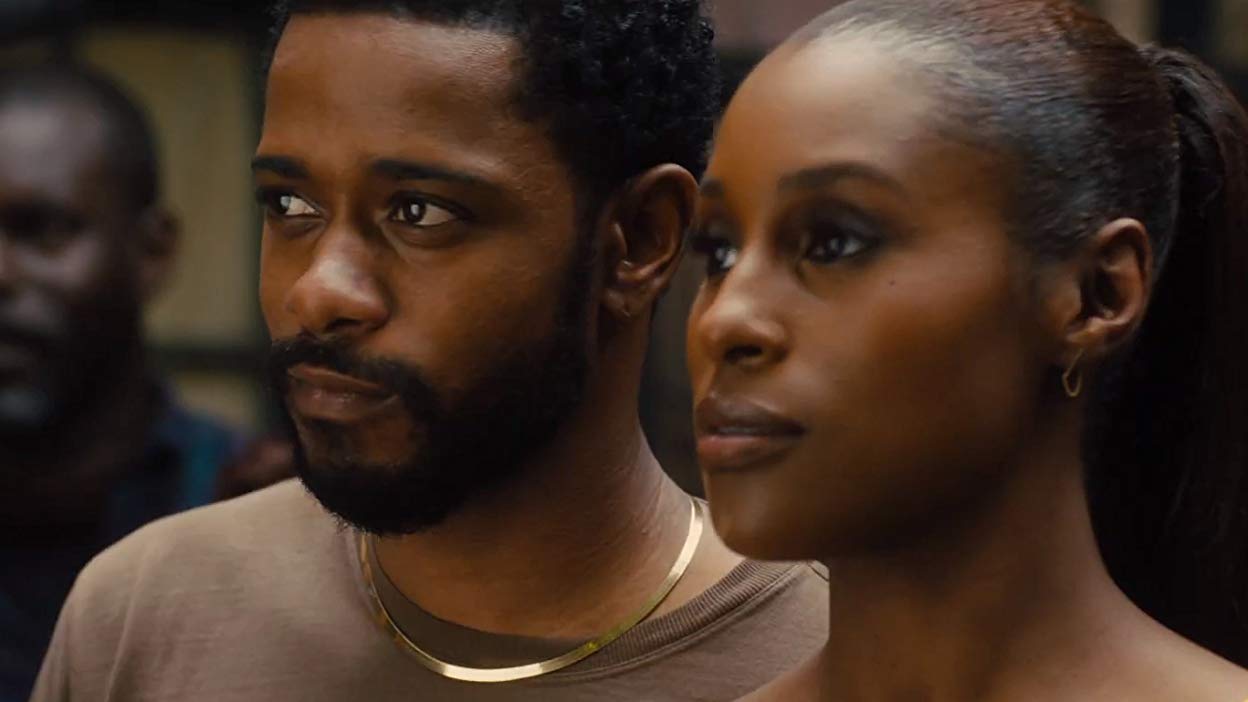
A woman (Issa Rae) falls in love with the journalist (LaKeith Stanfield) investigating her mother’s storied photography career, and despite her estrangement from her mom, she rediscovers their relationship while creating a totally different one. This film is as romantic as it is super steamy.
'Pretty Woman' (1990)
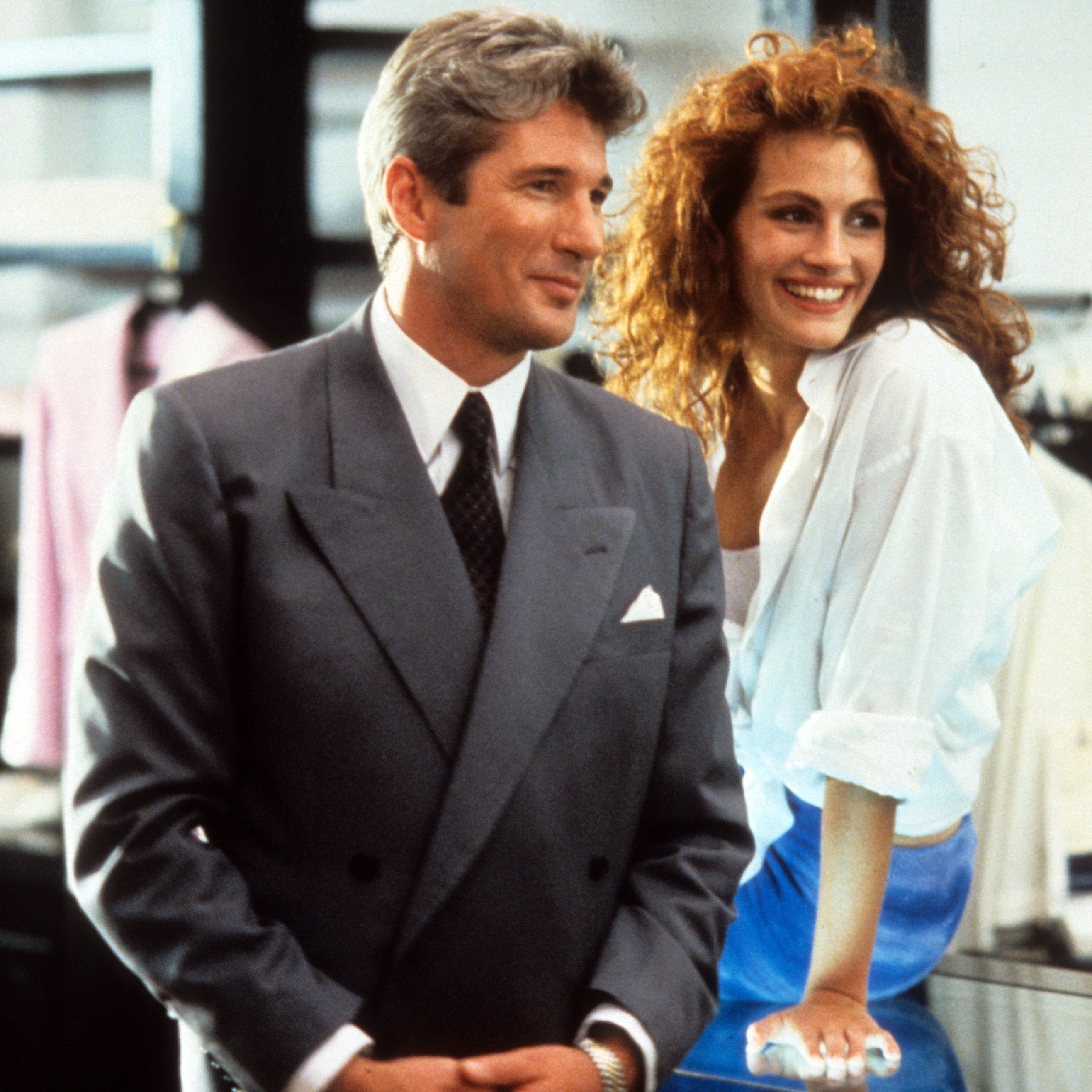
Speaking of impractical places to have sex, Pretty Woman's piano scene (in a public hotel restaurant, no less) will make you want a baby grand.
'Red, White & Royal Blue' (2023)

Red, White & Royal Blue, which is based on Casey McQuiston’s LGBTQ+ novel of the same name, is already a truly delightful rom-com of the “giggling and kicking your feet” variety, as it’s all about a secret romance between the First Son of the United States (Taylor Zakhar Perez) and the prince of England (Nicholas Galitzine). But the film has also made headlines for its refreshingly accurate portrayal of gay sex—as depicted in a series of wildly passionate and sweetly tender moments between Alex and Henry.
'Romeo + Juliet' (1996)
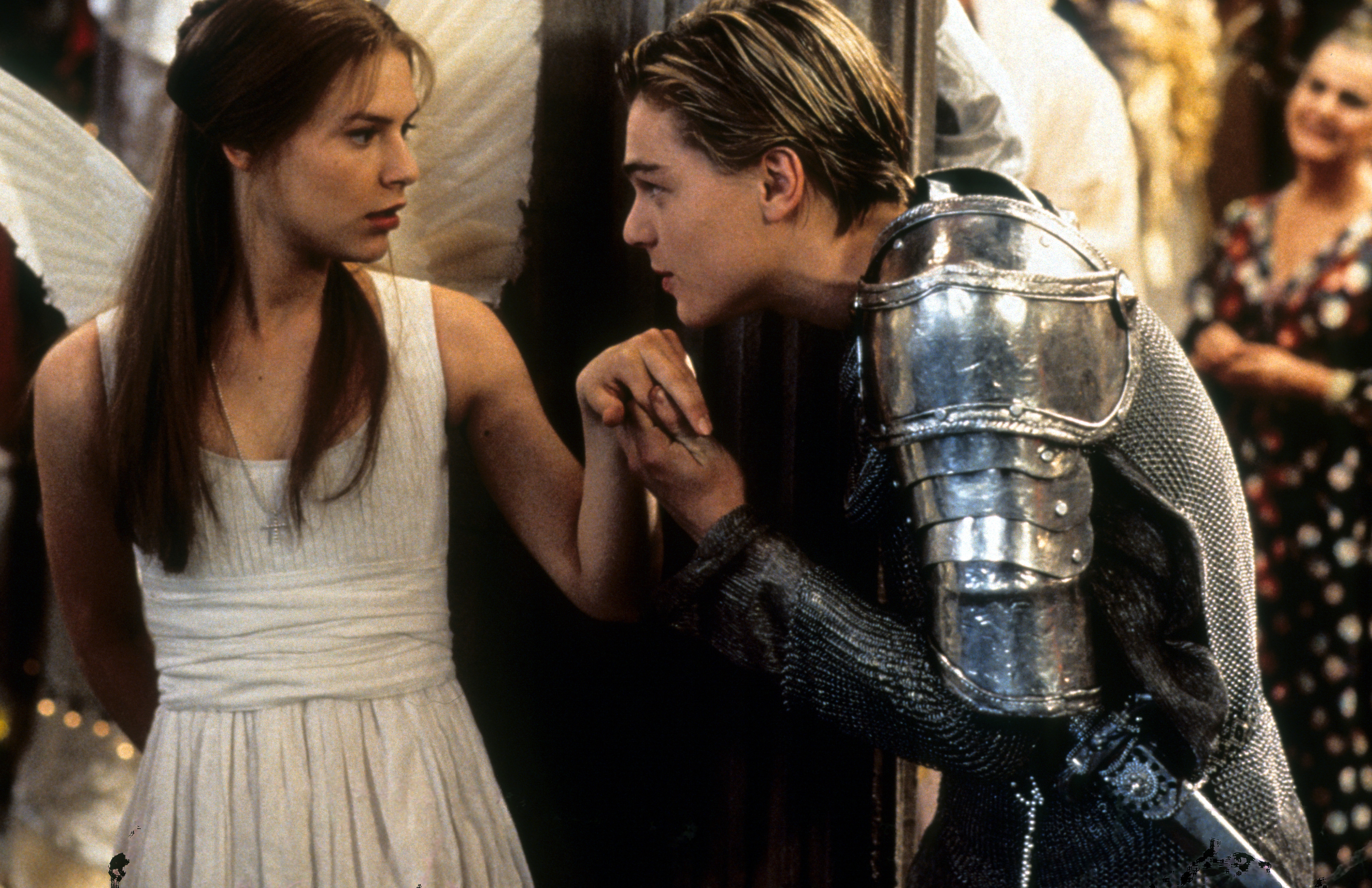
There's a lot to love about Baz Luhrmann's 1996 adaptation of Romeo and Juliet, but the pool scene tops the list—even if it's not the moment the characters consummate their forbidden love.
'Secretary' (2002)
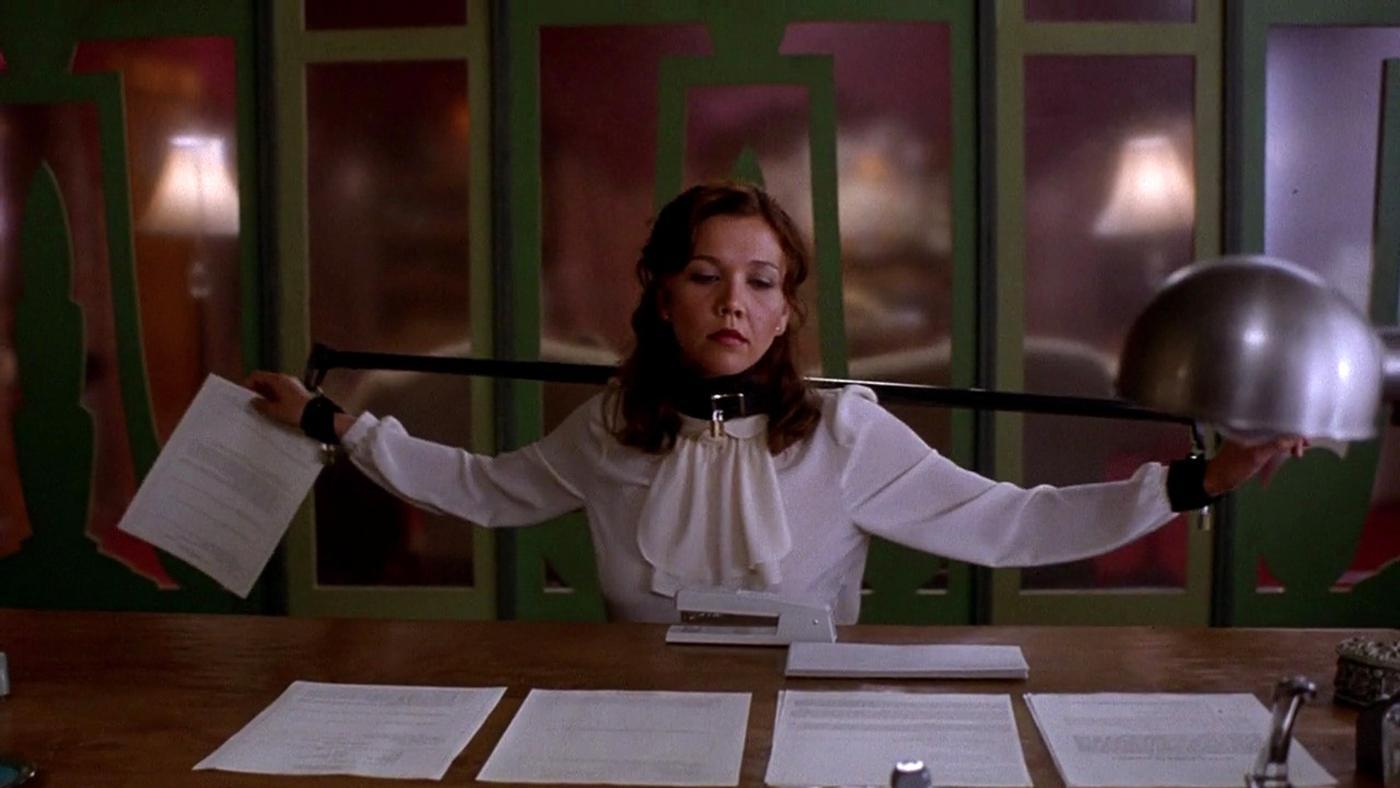
Speaking of cult classics (though this one was a beloved indie film from the jump), Secretary is a weird little movie about a boss (James Spader) and his secretary (Maggie Gyllenhaal) who realize they both love BDSM. Because what's more romantic than hopelessly unfulfilled people happening upon the only other person they know who's into the same stuff they are? And Gyllenhaal is brilliant in it, of course.
'Skyfall' (2012)

James Bond has always been known as a ladies' man and a sex symbol—and the shower love scene between Daniel Craig's take on the iconic super spy and Sévérine (Bérénice Marlohe) in Skyfall shows how 007 keeps earning his rep, over and over.
'Titanic' (1997)

The illicit love scene between Jack (Leonardo Dicaprio) and Rose (Kate Winslet) in Titanic made foggy window handprints a symbol of eroticism and romance for an entire generation.
'Top Gun' (1986)
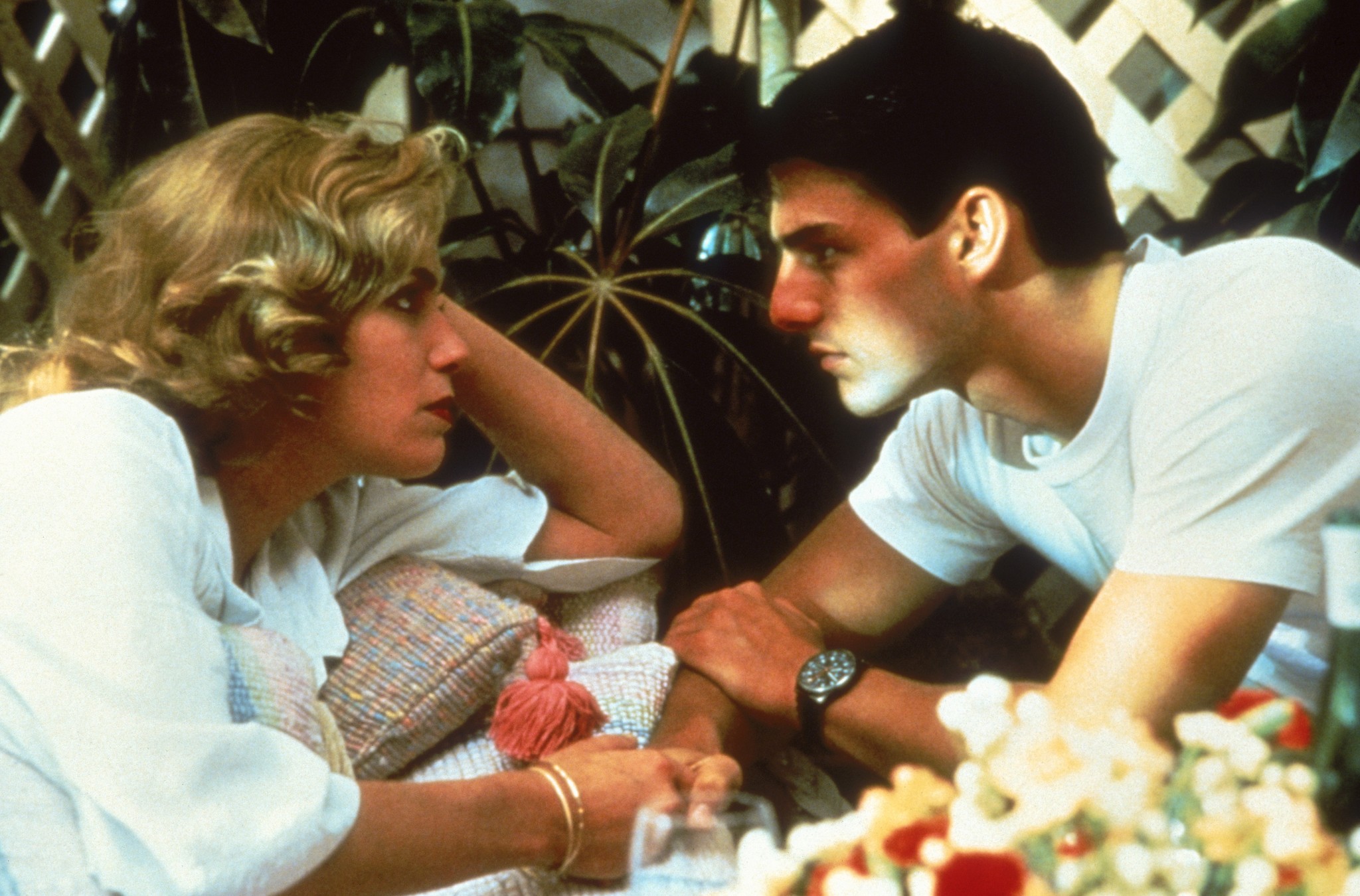
We know this classic '80s movie is all about the action, but forget the fighter pilots and their impressive aerodynamics for a moment. The slow, silhouetted love scene in Top Gun will actually take your breath away.
'Troy' (2004)

Helen might have been the cause of the Trojan War, but in the 2004 film Troy, it's the love scene between Achilles and Briseis (played by Brad Pitt and Rose Byrne, respectively) that will get you hot and bothered.
'The Twilight Saga: Breaking Dawn - Part 2' (2012)

It took four movies, but Bella (Kristen Stewart) and Edward (Robert Pattinson) finally tied the knot and consummated their relationship in a night of sweet-turned-intense honeymoon sex. You'll feel all the sexual tension of the trilogy and how it led up to that very moment, so prepare to sink your teeth into something steamy.
'Unfaithful' (2002)

This is mostly a drama—so if you don't want things to get way too real, feel free to skip the ending—but it follows a wife who strikes out on an affair that is also extremely steamy. Seriously, the sex scenes between Diane Lane and Olivier Martinez are next-level.
'Y tu mamá también' (2001)

Diego Luna? Gael García Bernal? Lots of road trip sex scenes and beautiful Mexican vistas? Yes, please. Of course, this movie is more than just a coming-of-age film about two boys and the slightly older woman who teaches them about sex. It's also poignantly thoughtful, about the way even things that seem like they'll last forever inevitably change. But, you know, the sex scenes.
'Wet Hot American Summer' (2001)
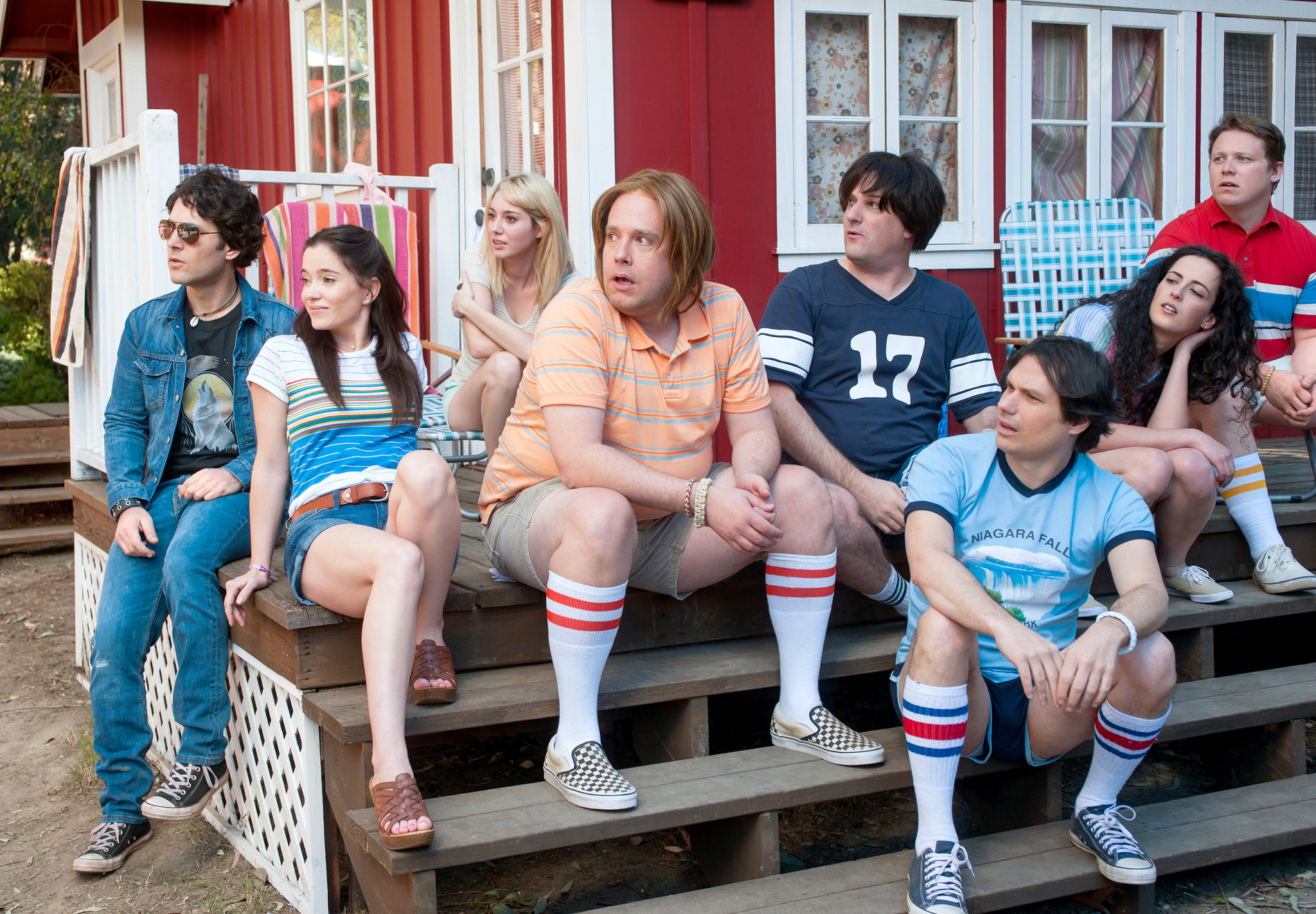
Yes, Wet Hot American Summer is a sex comedy spoof, but there's some real heart (and sexiness) in the tender moments Ben (Bradley Cooper) and McKinley (Michael Ian Black) share in the tool shed.
Kayleigh Roberts is a freelance writer and editor with over 10 years of professional experience covering entertainment of all genres, from new movie and TV releases to nostalgia, and celebrity news. Her byline has appeared in Marie Claire, Cosmopolitan, ELLE, Harper’s Bazaar, The Atlantic, Allure, Entertainment Weekly, MTV, Bustle, Refinery29, Girls’ Life Magazine, Just Jared, and Tiger Beat, among other publications. She's a graduate of the Medill School of Journalism at Northwestern University.